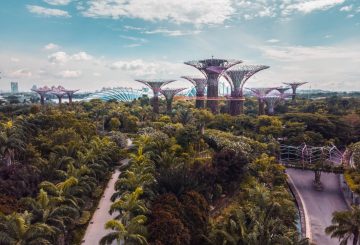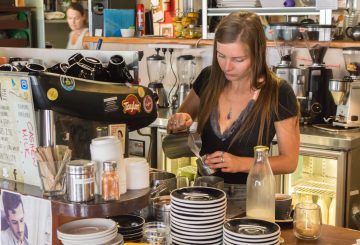内阁文件显示,部长们在一年前批准了因边境封锁而分裂的家庭团聚的计划,但后来表示没有必要。
上个月发布的文件显示,去年7月,约有14,000名失散的伴侣和儿童正在等待进入该国,他们没有其他边境豁免的保障。
当时的移民部长克里斯·法福伊说:“我提议引入边境例外,使所有符合条件的在岸临时工作签证持有人的伴侣和受抚养人能够进入新西兰。”
文件显示,内阁于2021年7月12日同意改变边境设置。然后,由于托管隔离(MIQ)空间不足,它将决定推迟了一个月。
然后,在2021年9月30日,政府宣布将向多达16.5万名移民发放 “一次性” 居留许可。
由于有了新的居留许可,内阁决定,“不再需要家庭团聚边境例外,因为许多工人将能够将符合条件的伴侣和受抚养人带到新西兰,作为其居留申请的一部分”。
但是,许多因边境封锁而分裂的家庭报告说,他们未能成功获得一次性居留许可。
曾争取变革的移民顾问凯蒂·阿姆斯特朗表示,处理工作出现了延误,许多失散家庭没有得到优先考虑。
她说,在许多情况下,分裂家庭所花的时间比在新西兰在一起的家庭或没有家庭的人要长。应用程序也被 “卡住” 在系统中,通常没有明显的原因。
她补充说,内阁文件发布的时机也表明仍然缺乏透明度。
“他们为什么坐在那个?现在已经一年多了,这真是太不可思议了,在我看来,他们好像已经计时了。这是发布这些信息的一种方式,可能会减少噪音,他们只是把它溜走了。然后我们到了 2 月份的边境开放,我们说拜托现在我们没有 MIQ 让家人进来,他们仍然不允许他们进来。为什么?”






























































